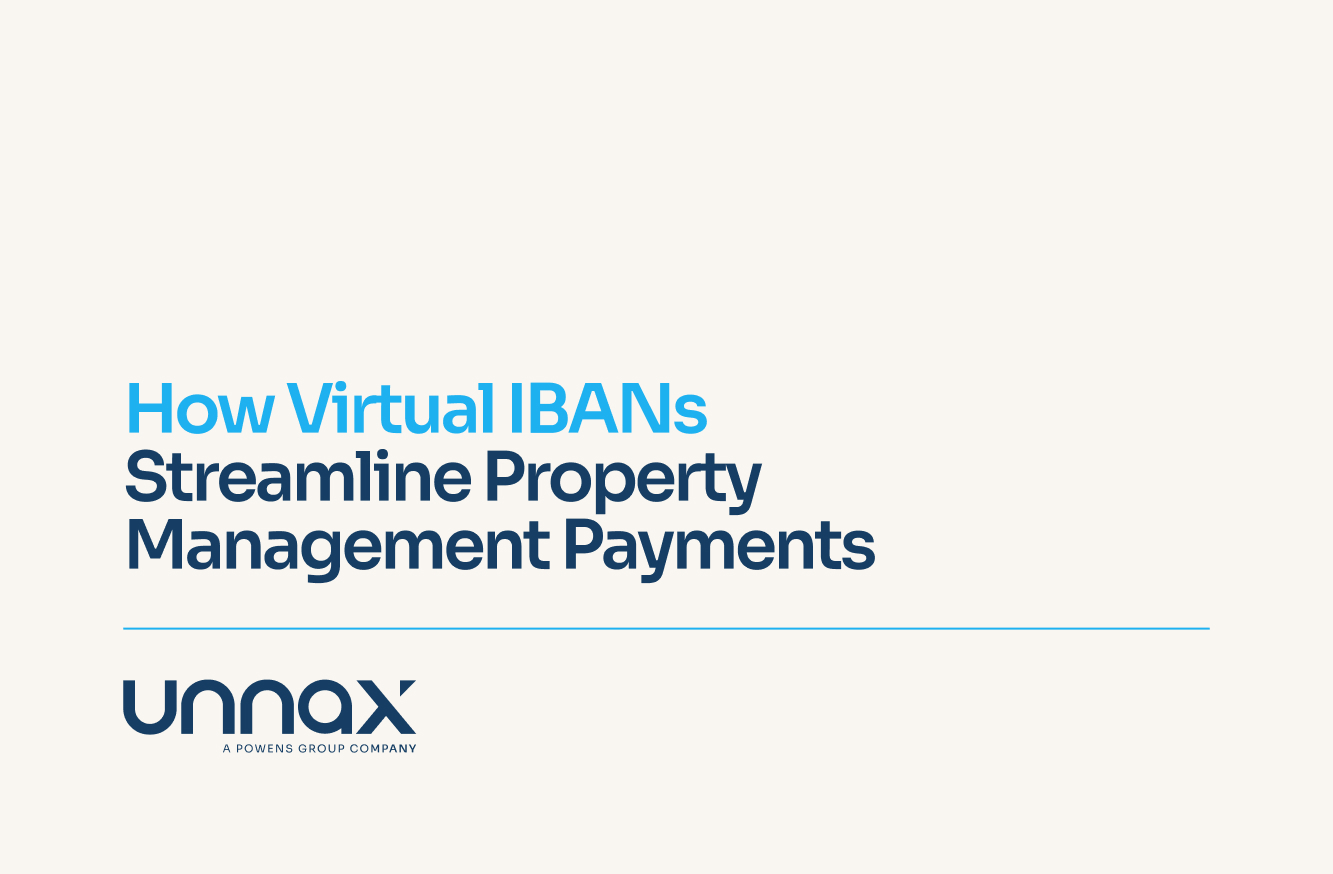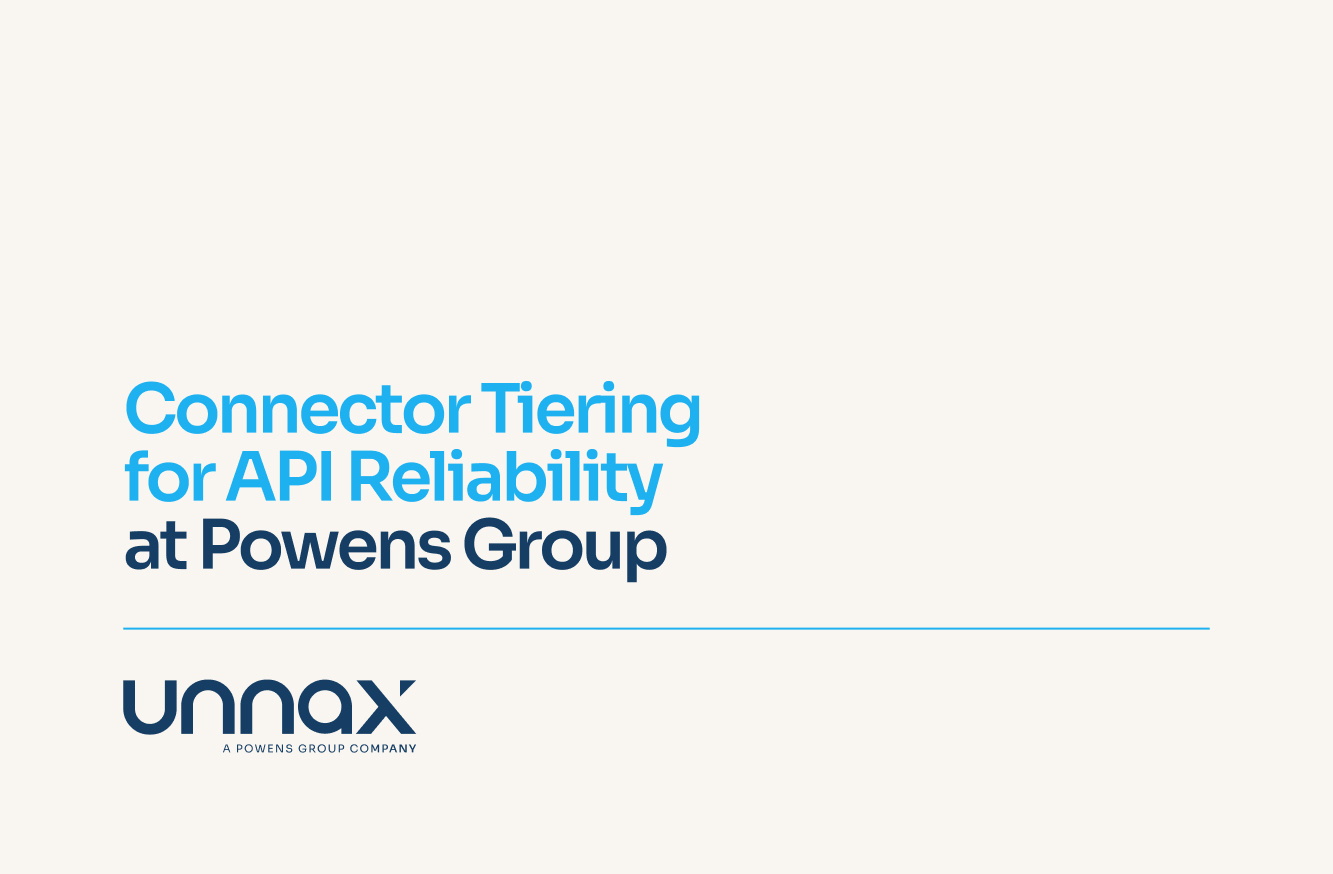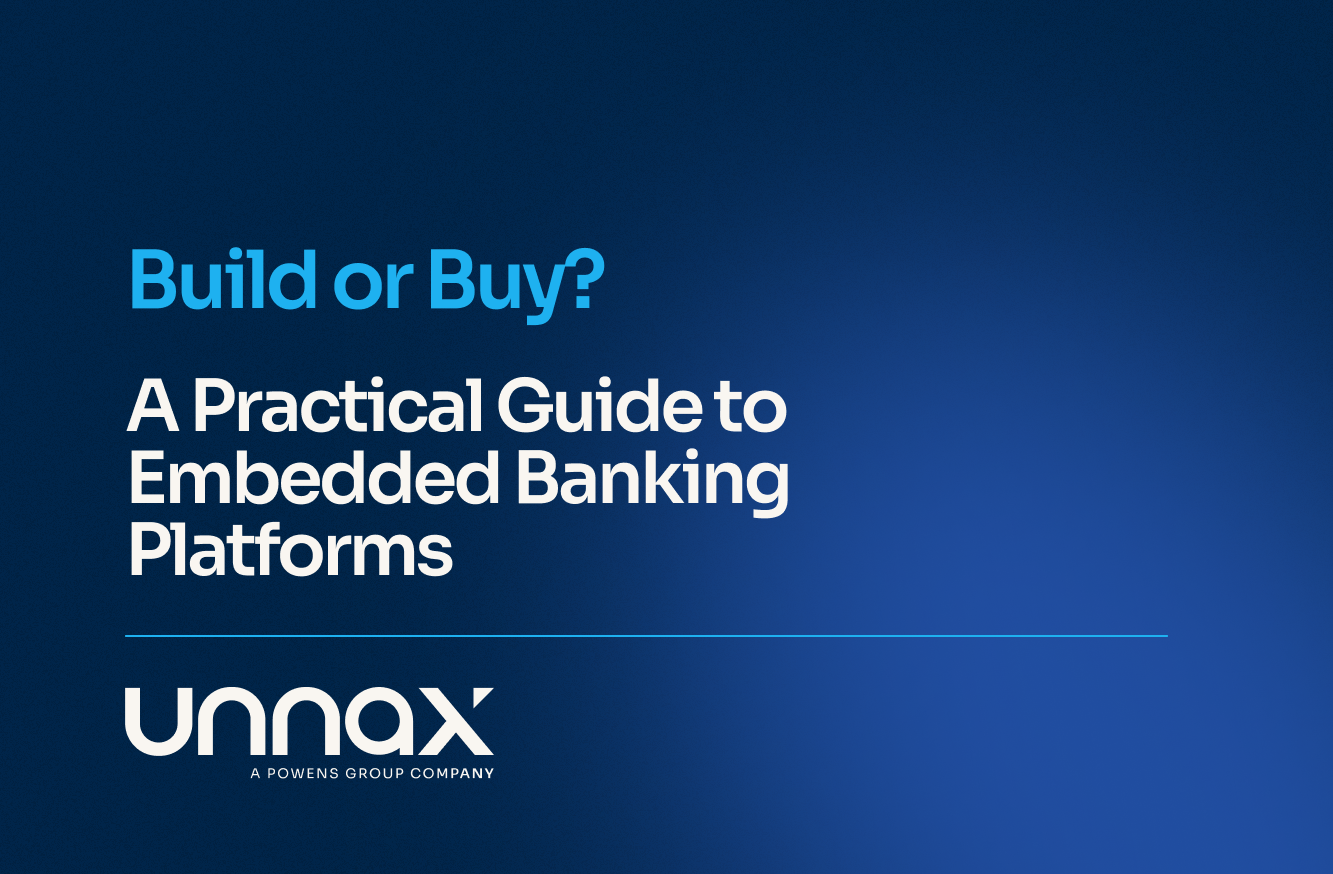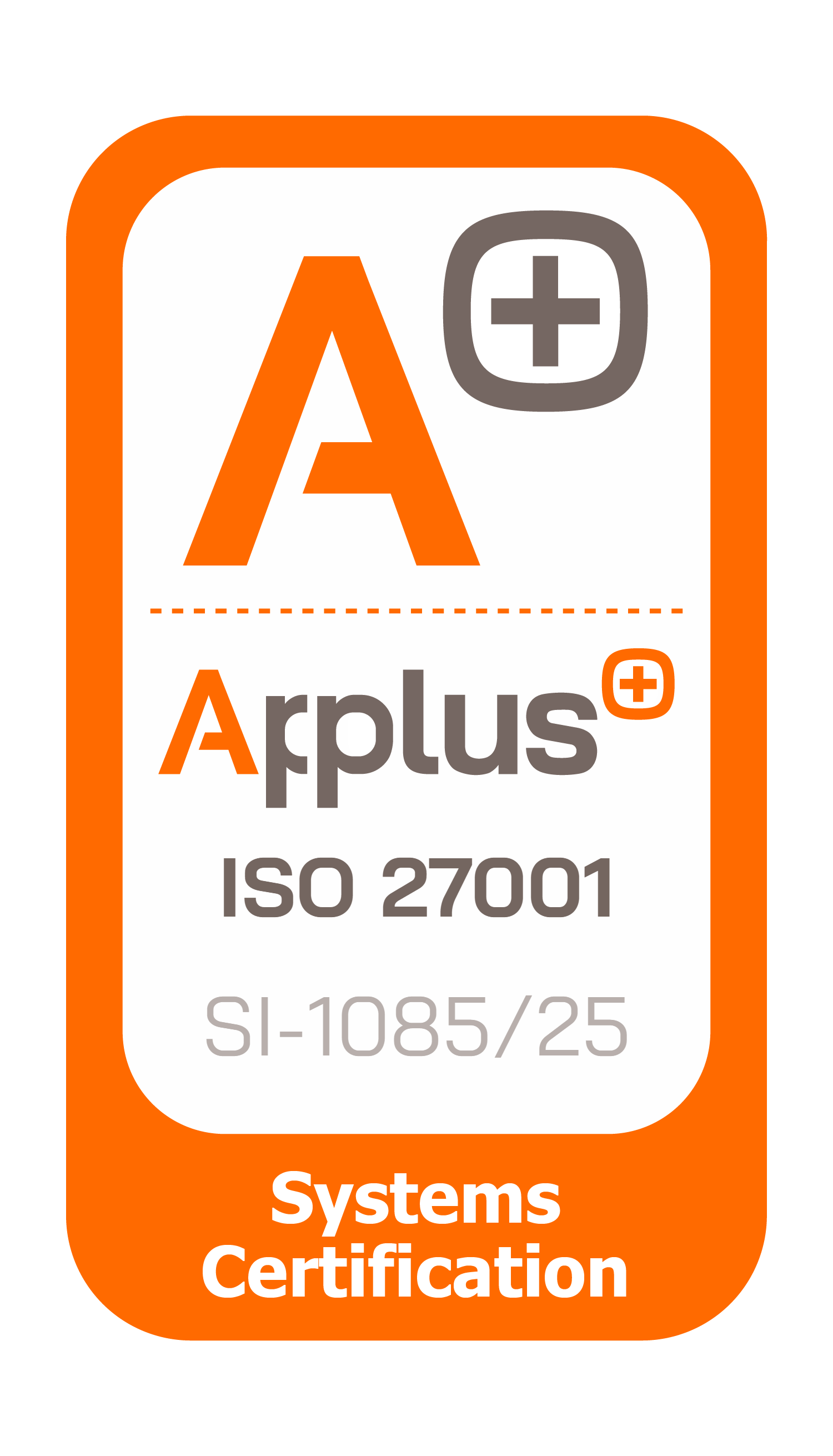When it comes to responsible lending, there’s more than just the customer’s financial stability at risk.
In 2023, S&P Global Market Intelligence predicts that non-performing assets (aka loans with principal interest or interest payments overdue for 90+ days) in Europe will exceed 2.5%. This represents a 9-basis-point increase from 2022, a year that already saw a 13-basis-point rise in this category.
The ratio is even higher at financial institutions in south-central European nations. In 2021, several banks in Italy, France, and Spain had ratios higher than 3% — with the highest reaching 5.6%.
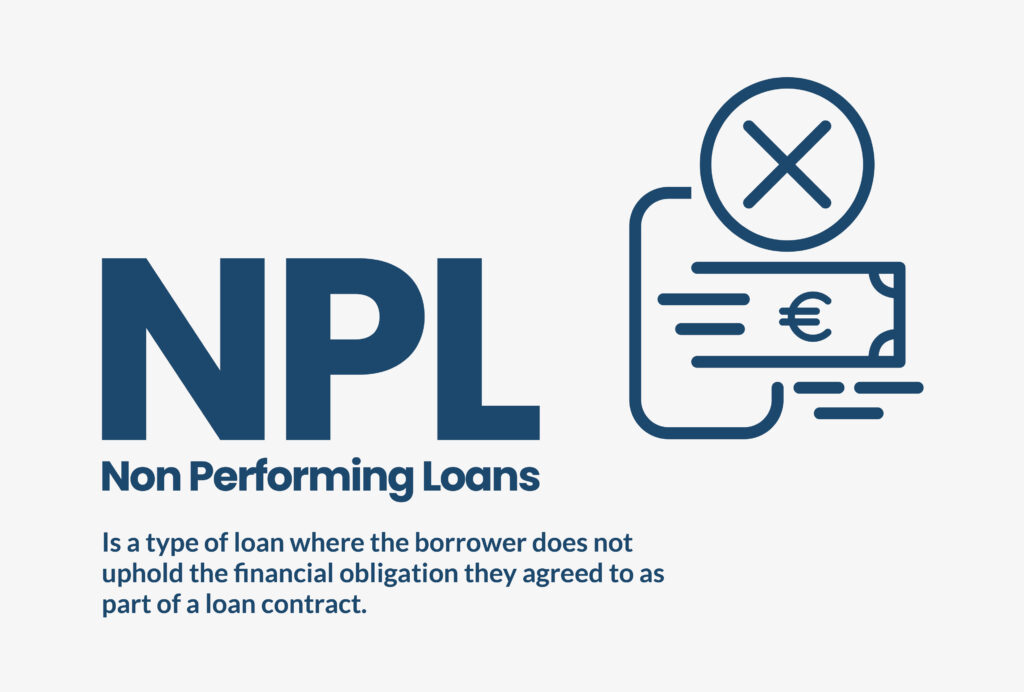
As a lender, you hold a crucial obligation to borrowers to ensure they have the means to repay the loans they apply for. Not only does this obligation protect the customer, but it also protects your business from the threat of non-performing loans and overall borrower dissatisfaction.
With ongoing political conflicts and cost-of-living crises keeping the global economy in a state of instability, lenders need to reimagine their approach to responsible lending moving forward.
Read straight through, or jump to the section you want to read:
- What does responsible lending look like today?
- How technology can unlock more equitable & inclusive lending processes
- The role of account aggregation in responsible lending
- Build more responsible lending practices with Unnax
What does responsible lending look like in today’s economic climate?
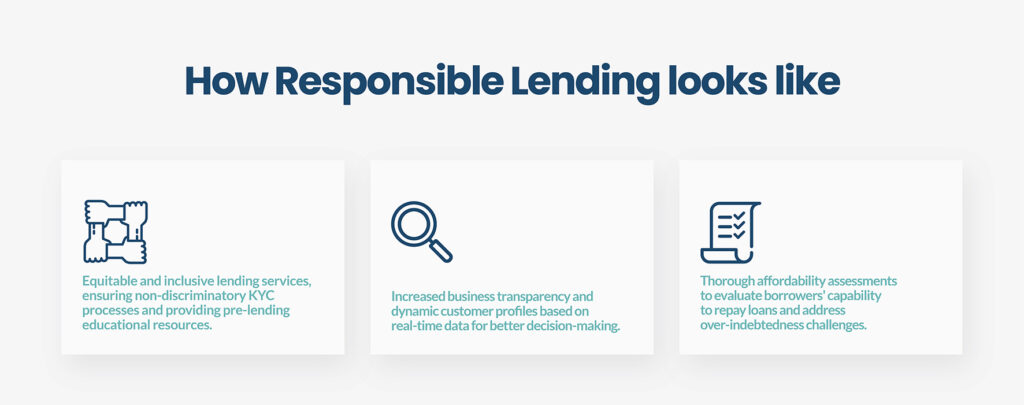
Responsible lending is the practice of providing equitable and inclusive lending services to customers.
In today’s rocky economy, this can translate to many real-life practices, such as ensuring customer KYC processes are non-discriminatory and providing customers with adequate pre-lending educational resources before approving a loan.
However, it can also include increasing business transparency and building more dynamic customer profiles based on real-time data to improve decision-making processes.
Additionally, over-indebtedness — the state in which an individual’s or business’s debt outweighs their income — is a major challenge among consumers and businesses alike. Responsible lending practices are often critical for supporting clients in overcoming these challenges.
For example, as part of a responsible lending strategy, a lender should provide a thorough affordability assessment that evaluates how capable a borrower is of repaying a loan within the given term.
Having these types of resources in place is an essential first step toward building a fairer lending process.
Learn more: Lending fraud: What lenders need to know
How technology can unlock more equitable & inclusive lending processes
Technology has become vital within the financial sector, enabling financial businesses of all kinds to unlock new value for customers while also improving internal processes.
Digital innovation as a whole can help bolster the success of the lending industry, providing lenders with more effective and efficient means for gathering and analyzing customer data. Moreover, with the right digital lending solutions, lenders can simplify and accelerate their entire lending process — from onboarding and customer monitoring to underwriting and closing.
Recently published research reveals that the global digital lending platforms market is expected to grow at a rate of 8.4% from now until 2030, reaching a projected value of $58.6B by the end of the forecast period.
However, to ensure that lenders grow their business in a healthy way, continuous affordability assessments are crucial. They help lenders properly calculate risk profiles which ensures they receive on-time payments in the future and that borrowers do not end up in a state of over-indebtedness.
With all this in mind, it begs the question, are there any technologies that can help unlock fairer and more inclusive lending processes?
Yes, there are. Enter, account aggregation.
The role of account aggregation in responsible lending
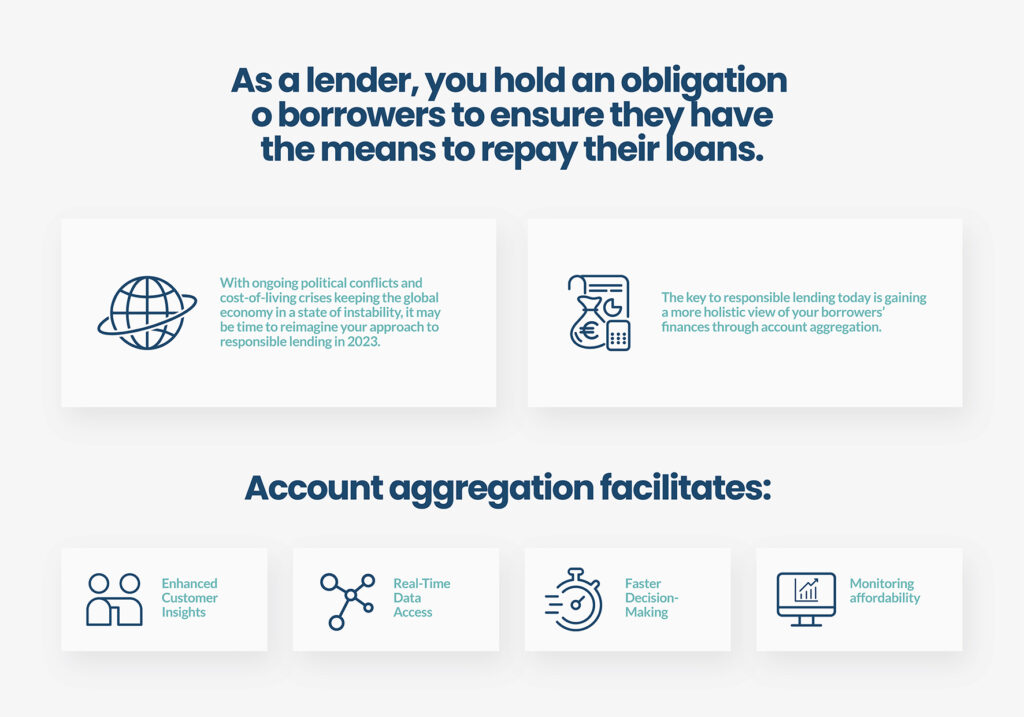
Winning the loyalty of more borrowers through digital innovation and responsible lending is all well and good, but lenders must also consider how they plan to deal with larger pools of customer data.
On top of that, lenders must take into account how they can improve their understanding of customers’ financial behaviors to provide more accurate and comprehensive lending insights. With such insights available, a lender can better serve their borrowers and even offer personalized recommendations based on each borrower’s exact customer profile.
The solution to these challenges is account aggregation — the process of connecting borrower accounts into a centralized database and platform. This is made possible through Open Banking, which enables financial institutions and businesses to share information with the consent of the customer.
Account aggregation comes with many key benefits for lenders, including:
Enhanced customer insights
As we have touched on, the ability to understand customers on a deeper level is crucial for both offering more personalized offers and services, as well as for building more dynamic customer profiles. Account aggregation enables you to learn the basics about your customers (financial statements, loans, etc.) and gain a more complete overview of their financial behaviors, risks, and preferences.
Real-time data access
In disconnected financial systems, gaining the data you need to complete due diligence for a new borrower can be highly inefficient. In contrast, having access to a knowledge base that consolidates all customer data into a single solution and keeps that data up-to-date ensures you always have on-demand access to the information you need.
Faster decision-making
With customer data at your fingertips through account aggregation, your lending team can make decisions faster than ever before while still honoring your responsible lending initiatives. Account aggregation allows you to boost the efficiency of your lending process while also providing borrowers with the best resources and services possible.
Monitoring affordability
Healthy monitoring should be ongoing. Recurring readings, or recurring account aggregation enables lenders to monitor the performance of their customers’ potential changes in affordability. This facilitates loan condition updates in line with current affordability.
Build more responsible lending practices with Unnax account aggregation
Establishing a successful, responsible lending strategy as a lender can take time — especially if you do not have the necessary technical infrastructure in place to support key technologies like account aggregation.
At Unnax, we strive to make responsible lending possible for all lenders.
Combining our account aggregation technology with our categorization and financial indicators solution enables lenders to make more informed decisions and prevent over-indebtedness, all while supporting consumers and businesses alike through challenging economic times.
Key features of Unnax’s account aggregation technology include:
- Real-time, on-demand access to financial data (one-time or recurring account aggregation)
- Connections to both personal and business financial accounts (enabling both B2C and B2B use cases)
- Comprehensive categorization tool with a filtering option, which groups income sources and expenses in categories like housing, utilities, and leisure activities, to help make sense of data quickly
- Advanced financial indicators (e.g. payment capacity, indebtedness, and gambling index) that show a customer’s financial health and behavior to enhance analytical capabilities
Level up your responsible lending strategy today with Unnax. Our team is eager to hear from you!



